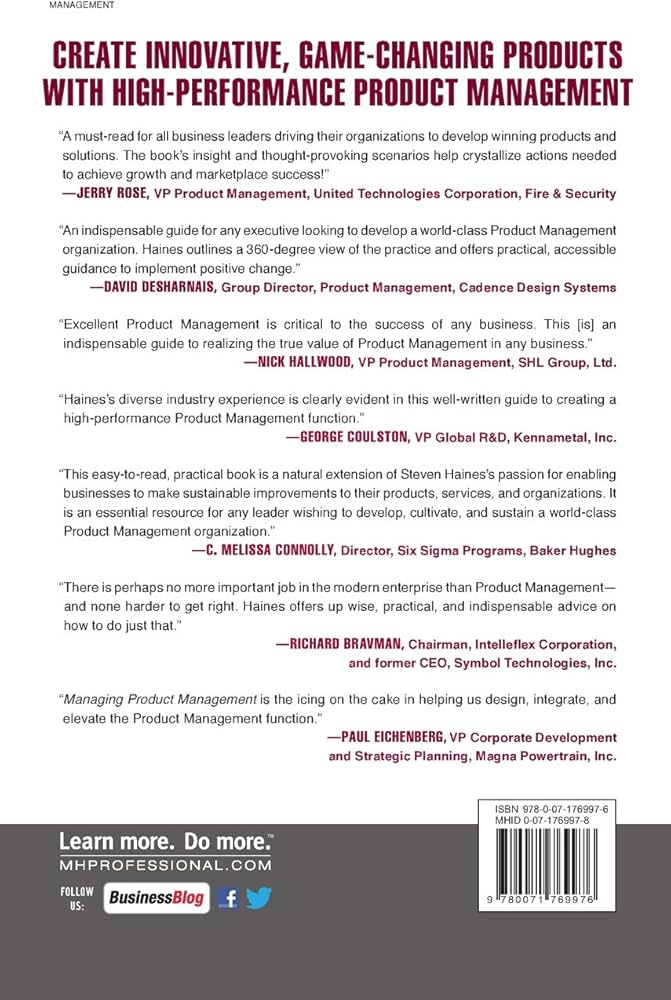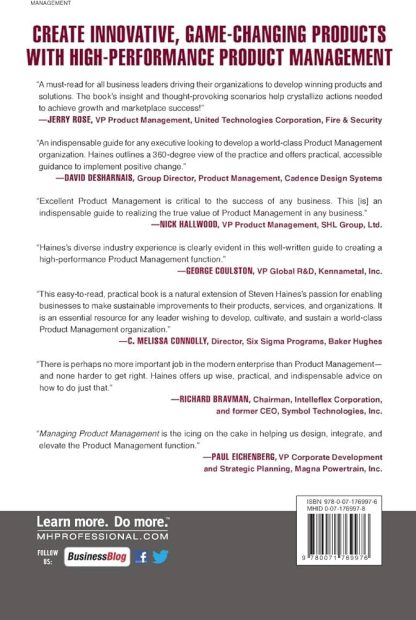
## The Transformation of Companies Through Values-Based Leadership
Values-based leadership signifies a significant change in the operational dynamics of contemporary organizations. At its essence, it motivates leaders to leverage their personal and organizational values to inspire, energize, and steer teams. By harmonizing decision-making and organizational goals with fundamental values, businesses forge a common vision that not only enhances performance but also nurtures a sense of collective intention.
Organizations flourishing in today’s rapidly evolving landscape are those that deliberately incorporate values-based leadership into their frameworks. This strategy equips leaders with a moral compass to tackle challenges while ensuring employees, stakeholders, and customers feel a connection to the entity’s mission. In this piece, we will explore how values-based leadership is reshaping companies and emphasize four significant ways it makes a difference.
—
### 1. Companies Are Cultivating Diversity with Robust Diversity Initiatives
A prominent effect of values-based leadership is an intensified dedication to diversity and inclusion. Organizations are progressing from seeing diversity as a mere compliance requirement to recognizing it as a core value that fuels innovation, nurtures creativity, and enhances organizational achievement.
Research by McKinsey indicates a direct link between workplace diversity and financial performance. Firms with ethnically, culturally, and gender-diverse teams consistently outperform those with uniform workforces. Additionally, diverse teams are better equipped to provide a multitude of perspectives that lead to groundbreaking solutions and enhanced decision-making.
Under values-based leadership, diversity initiatives gain authenticity, reflecting an organization’s pledge to foster an inclusive atmosphere. Companies are also collaborating with specialized recruitment agencies, like Lightning Travel Recruitment, to attract diverse talent in specialized fields. This approach guarantees that inclusivity is sought not just in entry-level roles but also in managerial and executive tiers.
Adopting diversity has emerged as a significant reputational asset. Consumers, investors, and applicants are increasingly weighing a company’s dedication to diversity when choosing to engage with or apply for positions. Leaders who advocate for inclusivity ensure their organizations remain competitive, relevant, and esteemed in today’s socially-conscious market.
—
### 2. Values-Centric Hiring Enhances Employee Retention and Compatibility
Hiring has progressed beyond merely aligning a candidate’s skills with a job’s requirements. Organizations are now adopting values-centric recruitment processes to identify candidates whose personal values resonate with the company culture. This method not only strengthens the connection between employees and the organization but also markedly decreases turnover.
Values-driven recruitment assesses candidates based on their harmony with the organization’s core values, such as integrity, teamwork, or customer focus. By posing behavior-based questions during interviews—like how candidates navigated ethical challenges or demonstrated collaboration—employers glean insights into whether potential hires embody the characteristics pivotal to the organization’s success.
In areas like the UK, especially cities like Manchester, values-centric recruitment strategies are gaining traction, with HR teams dedicated to integrating organizational values into hiring processes.
Ultimately, employees aligned with their company’s values experience a stronger bond and are more inclined to stay with the organization. This steadfastness not only reduces hiring costs but also promotes a workplace culture rooted in shared convictions and purpose.
—
### 3. Environmental Responsibility: Creating Sustainable Enterprises
Environmental stewardship has surfaced as a hallmark of values-driven leadership. An increasing number of companies are adopting an environmentally conscious mindset—minimizing carbon footprints, implementing sustainable practices, and integrating eco-friendly initiatives into their operations. These endeavors not only support a healthier planet but also appeal to environmentally-aware consumers and investors.
For example, firms at the forefront of sustainability often pursue strategies such as achieving carbon neutrality, utilizing renewable energy sources, or engaging in tree-planting efforts to mitigate their emissions. Beyond the environmental gains, embracing green practices offers financial benefits, including access to government incentives, tax deductions, and cost savings from lower resource usage.
Consumers are progressively favoring brands that emphasize sustainability. A study by Forbes revealed that customers are willing to pay higher prices for products and services viewed as eco-friendly. Consequently, companies that neglect to incorporate environmental values risk alienating this expanding market sector.
Through values-based leadership, organizations can prioritize sustainability, ensuring every decision—from supply chain practices to product development—reflects their long-term dedication to safeguarding the environment.
—
### 4. Increased Employee Happiness Drives Higher Productivity
Values-based leadership significantly influences employee morale and overall job satisfaction. Workers who resonate with their company’s values experience a more profound sense of belonging, purpose, and fulfillment at work. This, in turn, cultivates greater productivity, enhanced engagement, and reduced absenteeism.
Research has consistently demonstrated the connection between employee satisfaction and organizational effectiveness. Happy employees showcase increased levels of performance, creativity, and collaboration. Conversely, when individuals do not align with their organization’s values, they may feel disengaged, leading to elevated turnover rates and reduced productivity.
Values-driven leaders foster a positive work environment by exemplifying desired behaviors, encouraging open dialogue, and ensuring that every team member feels appreciated. This method promotes a workplace culture built on trust, mutual respect, and common objectives.
